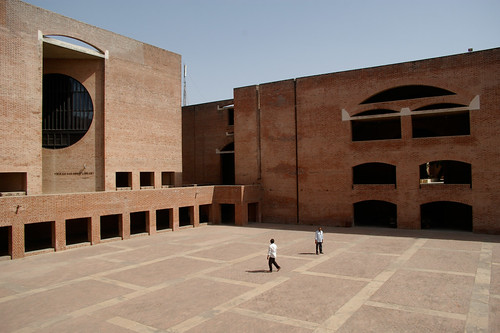Shock nahi laga
April 2, 2010 Leave a comment
The power ministry defines a village to be electrified if:
A cynic would argue that a village can be declared electrified if 10% of the total households in the village are electrified. And, this does not include any provision of electric supply – all we are currently talking about is an electric connection. Many villages barely get any electricity at all – maybe a few hours a day. Some of the better villages get 6-8 hours a day. Oh, and there are apparently 80,000-1,20,000 villages in the country which are un-electrified. Even with the best intentions, the state has a mammoth challenge ahead of it – if we are to achieve true, 100% electrification. The private sector has a huge opportunity – especially in applications that use renewable energy sources like solar and for MFI organisations that help consumers finance these applications. |

Comments